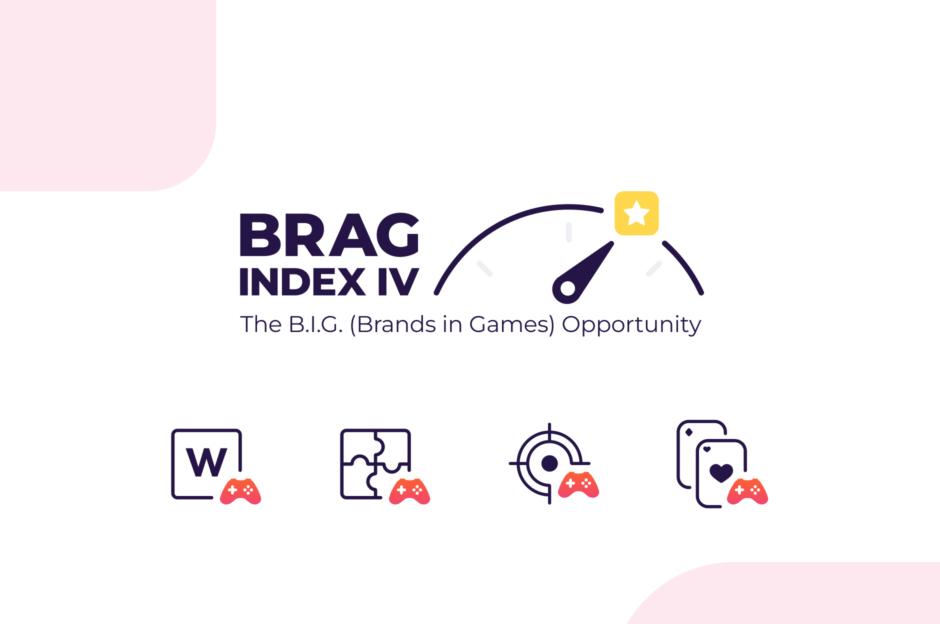
The forthcoming Android release of Epic Games’ battle royale game Fortnite is set to be one of the biggest app events of the summer. You can forget Pokémon Go or Angry Birds (can you believe that game is nearly a decade old?) because Fortnite is going to explode on Android – and your kids probably cannot wait.
Who could blame them for being so anxious to get their hands on one of the most successful games ever made? Fortnite might not yet be available on the world’s most popular mobile channel (Android devices currently own 87.9 percent of the smartphone market) but it’s already piling in the cash (generating nearly $300 million in the month of April alone) on iOS, Playstation, Xbox and other platforms. And Fortnite isn’t just proving a big draw on gaming devices. A recent pro-am event featuring the game, hosted at the Electronic Entertainment Expo 2018 (E3 2018) in Los Angeles, packed-out a sports stadium full of screaming fans eager to see gamers and celebrities competing for a charity prize pool of $3 million.
Big Game, Big Risk
The fact is, your kids may be so impatient to get their hands on the game that experts are warning that scammers, hoping to take advantage of naïve minds with a little social engineering in the weeks prior to the game’s release, present an unprecedented threat to mobile device security from Malware and other malicious activities.
While “official” app channels like Google Play will be keeping a very close eye on any attempts to upload dodgy apps passing themselves off as official releases, the wider Google ecosystem isn’t so easily policed.
Unfortunately, these areas of the web are also where your child is most likely to be spending much of their time online.
YouTube is Not a Trusted App Delivery Channel
YouTube, the Google-owned video sharing platform, is already awash with spoof videos claiming to offer Android users early access to the game. Many of these videos have been viewed tens-of-thousands of times and some have clocked several million views – demonstrating the huge anticipation for the game’s Android release.
Note: YouTube is the second most popular search engine in the world. With 91 percent of teens in the United States regularly using YouTube in favour of TV, gmail and social media channels like SnapChat and Facebook, it’s also the most likely place they will go looking for “hacks” and “workarounds” to acquire, for want of a better word, “knowledge”. YouTube and the inquisitive mind of a teenage gamer is a dangerous combination.
Social Engineering
Typically these videos link to genuine-looking APK downloads (Android compatible apps) which then present authentic looking icons, loading, log-in and verification screens. This process is designed to persuade the user to believe that they are engaging with an official app. At this point, the user is then instructed to download further apps to “prove they are not a bot” or to “unlock instructions”. It is at this point their device is infested with malware and their security compromised. The cycle is then repeated until a time when the device user finally accepts that this might not be (it almost certainly isn’t) a valid download. How often this cycle is repeated depends on the user’s level or naivety (which is often fuelled by their determination to access the game).
The Threat of Malware
The threat to the smartphone user is, of course, obvious. It is generally not a very good idea to run malicious applications on a device which you use to store personal information or conduct business on.
But there is also a significant threat to app developers from these type of malware infestations. It is already difficult enough to encourage smartphone owners to download apps. More than 50 percent of smartphone users don’t download apps in any given month. Even when they do, nearly 25 percent of them abandon the app after a single use.
Any negative app-related experience (particularly relating to the threat of malware) will almost certainly make users even more reticent to engage with the app eco-system.
App Education
If the most serious threat to your smartphone’s security (and any other device which it is connected to) is your child, it is therefore vitally important that they are educated about the risks involved.
In reality, the only place a child should go searching for an app (with a parent’s approval first) is in the Play Store, where applications are vetted and presumed safe (although this isn’t always the case).
This, however, is not good news for app developers. The sheer scale of competition in the Play Store can make it incredibly difficult and potentially very expensive to drive significant enough engagement to profitably launch a new app.
Consider This: Put yourself in the position of a small games developer. How will you compete with the might of Fortnite when it finally comes to the Android marketplace?
The only 100 percent safe app delivery mechanism (for users and developers) with longtail profit opportunities, is pre-loading your apps on specific devices (by OEM) or networks (by device or SIM card).
Pre-loading essentially delivers the right app to the right person at the right time. It is even possible to deliver apps (via smart folders) long after the device has been unboxed. Above all, pre-loading guarantees users that apps are secure and safe, while developers are secure in the knowledge that their delivery is guaranteed and free from fraud.
Is your current app delivery strategy a battle royale for engagement? Speak to one of our app delivery experts today about how pre-loading can help deliver a more visible, secure and financially viable alternative to app discovery.
Sign-Up
straight to your inbox.






